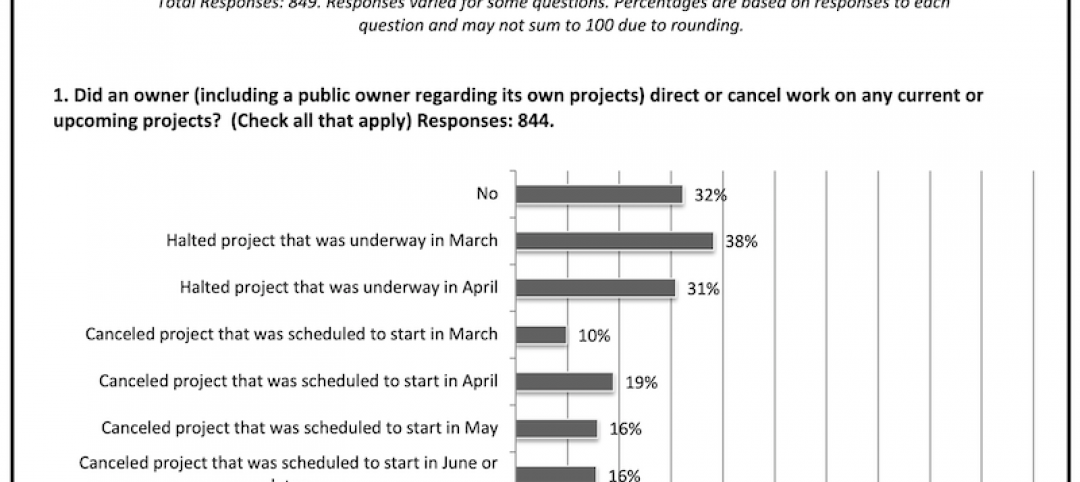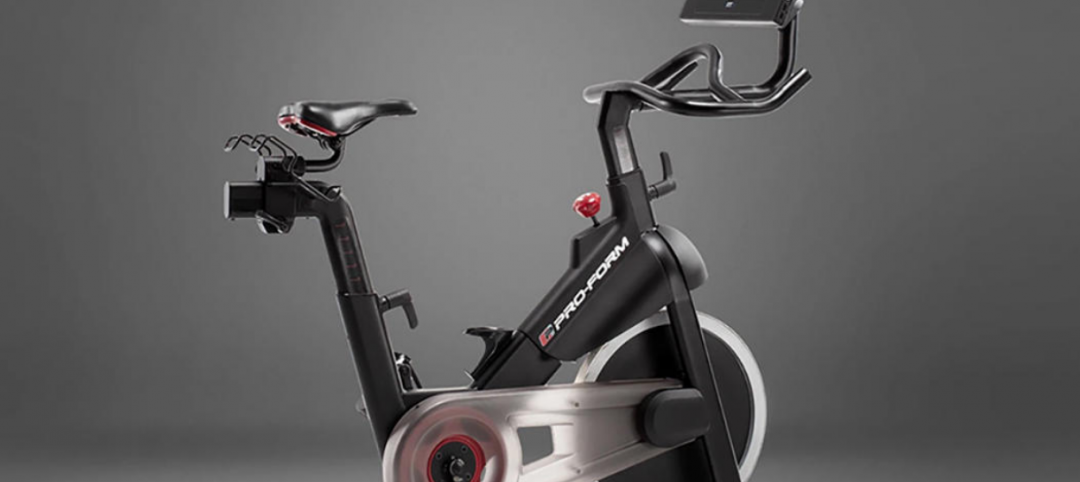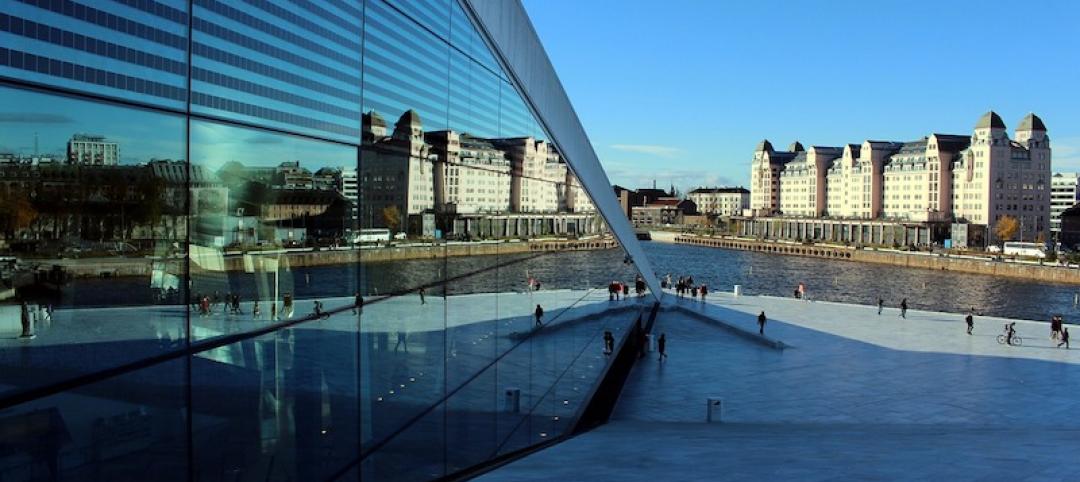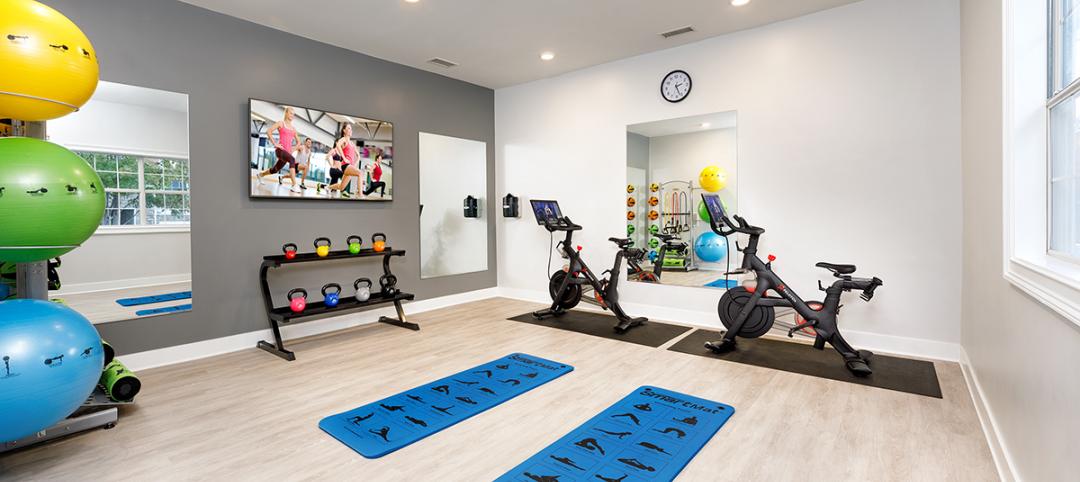The Urban Land Institute says the real estate world is about to enter an “Era of Less” in 2011, characterized by “a shrunken industry, lower return expectations, restrained development prospects, reduced credit availability, and crimped profits.” Yet there are a few glimmers of hope.
The source of this gloomy picture is the ULI’s recent report, Emerging Trends in Real Estate. It is replete with phrases like “unnerving short-term pessimism,” “limping assets,” “high vacancies,” “rolling-down rents,” and “problematic workouts”—not to mention the prospect of “uncertain refinancing prospects” for the hundreds of billions of dollars of commercial loans that are about to come due. Still, a few rays of sunshine manage to pierce even this dark veil.
Chief among these is the rental apartment market, which the ULI says will “outperform everything else.” Those who cannot afford to buy homes or stay in their current homes will turn to rentals.
But where will this apartment resurgence most likely take place? Not as much in suburbia. The ULI sees a shift from big homes on the suburban fringe to infill locations closer to 24-hour markets.
In a reversal of decades of flight from city centers, the report states that more people will regroup in areas “where life is easier, more efficient, and less car dependent”—i.e., closer to shopping and work, in cities or denser, close-in suburbs. The market for mid- and high-rise apartments and townhouse projects built around commercial districts and shopping centers looks enticing.
Speaking of commercial real estate, the ULI report sees three bright spots. The first is “select retail,” defined as infill shopping centers anchored by top supermarket chains and so-called “fortress malls.” These should sustain performance in the face of consumer pullback, says ULI.
Another commercial gem: 24-hour “gateway” office buildings in premier downtown locations, notably New York, Washington, D.C., and a select few 24-hour markets in “global pathways,” primarily along the coasts. The report gives a big thumbs-down to suburban office space and greenfield developments outside urbanizing nodes.
There’s even a surprise in ULI’s grab bag of potential winners for 2011: “downtown full-service hotels in major markets.” But forget about high-capital-expenditure resorts or limited-service brands in “commodity areas.”
In addition to the “flight to quality” hot spots of New York, Washington, D.C., and certain coastal areas, some smaller markets get high ratings: Austin and San Antonio, Texas, Portland, Ore. (for its quality of life), Raleigh-Durham (for “brain-power jobs”) and Charlotte, N.C., Salt Lake City, Minneapolis, and Nashville, among others.
Comments at the recent ULI National Conference reinforced many of these emerging trends.
At one point in the program, for example, a representative from a mega-bank told the audience, “If you’ve got a viable multifamily rental project, come see me at the end of the program. We’ve got cash.” Doesn’t that sound poetic?
There was also talk of hidden cash from China, something like $300 billion in U.S. Treasurys that the Chinese are eager to invest in U.S. real estate deals—and which, in fact, they’re already doing, but very, very quietly (shhh!).
Finally, major U.S.-based AEC firms revealed that more than half their billings were derived from outside the U.S., much of it in China. But avoid India, they said: too much corruption.
More from Author
Rob Cassidy | Mar 30, 2020
Your turn: Has COVID-19 spelled the death knell for open-plan offices?
COVID-19 has designers worrying if open-plan offices are safe for workers.
Rob Cassidy | Mar 25, 2020
Coronavirus pandemic's impact on U.S. construction, notably the multifamily sector - 04-30-20 update
Coronavirus pandemic's impact on U.S. construction, notably the multifamily sector - 04-30-20 update
Rob Cassidy | Nov 20, 2019
Word of the Year: "climate emergency," says the Oxford English Dictionary
The Oxford Word of the Year 2019 is climate emergency.
Rob Cassidy | Nov 8, 2019
The Peloton Wars, Part III - More alternatives for apartment building owners
ProForm Studio Bike Pro review.
Rob Cassidy | Nov 1, 2019
Do car-free downtown zones work? Oslo, yes; Chicago, no
Two recent reports (October 2019) explore whether car-free downtowns really work, based on experience in Oslo, Norway, and Chicago.
Rob Cassidy | Oct 9, 2019
Multifamily developers vs. Peloton: Round 2... Fight!
Readers and experts offer alternatives to Peloton bicycles for their apartment and condo projects.
Rob Cassidy | Sep 4, 2019
Peloton to multifamily communities: Drop dead
Peloton will no longer sell its bikes to apartment communities.















